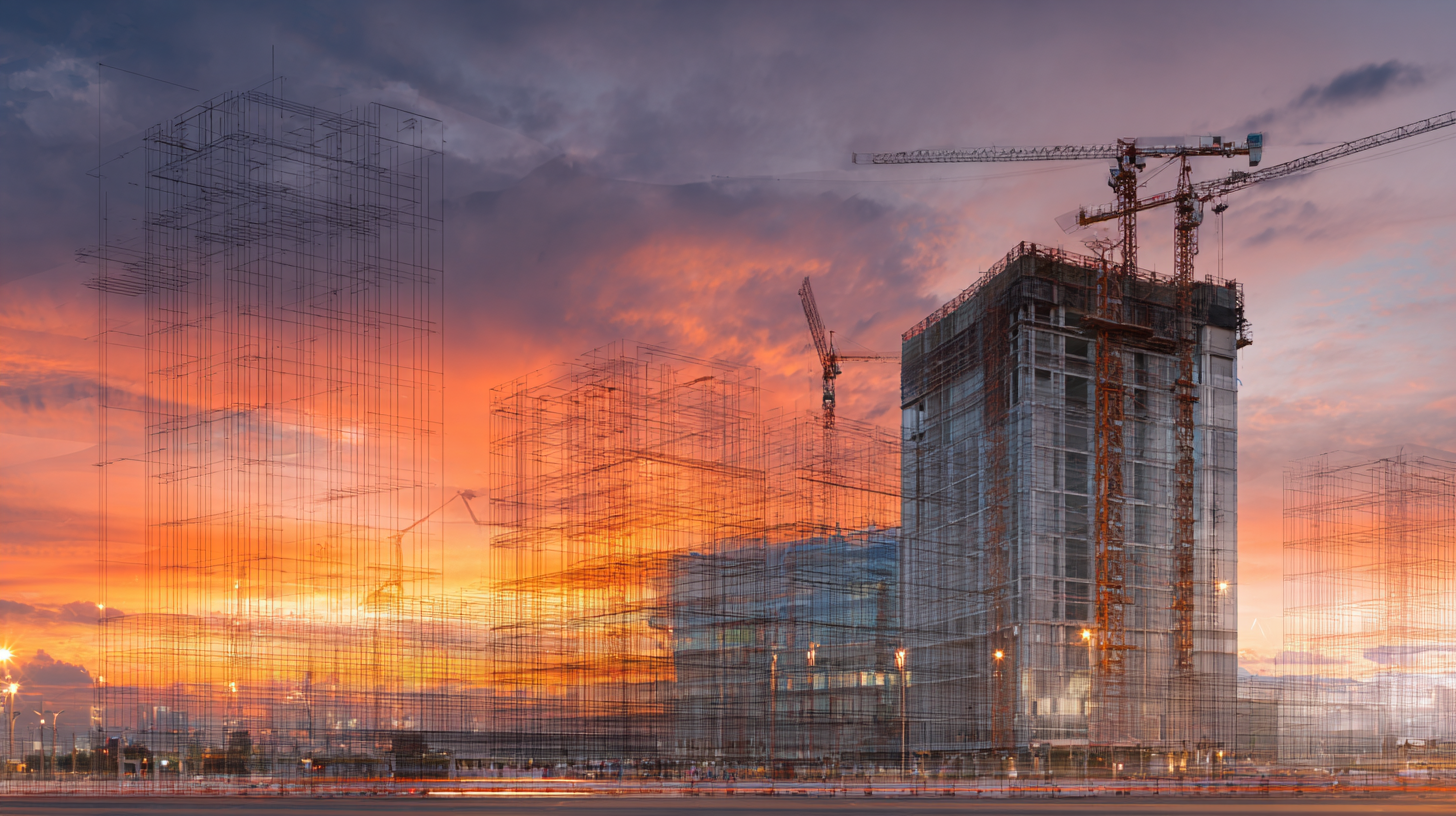Section 2. Regulatory Framework for Design and Project Documentation Composition
Design is the first and one of the most important stages of the investment cycle in construction. It is at this stage that all main architectural, structural, technological, and economic solutions are established, determining the future characteristics of the facility. The quality and completeness of project documentation directly affect safety, reliability, cost, and construction timelines.
2.1. Fundamental Document: GSN A.2.2-3:2014 “Composition and Content of Project Documentation for Construction”
The central regulatory document governing the design sphere is GSN A.2.2-3:2014. It establishes unified requirements for the composition and content of project documentation for new construction, reconstruction, major repairs, and technical re-equipment of buildings, structures, and linear engineering and transport infrastructure facilities.
The document provides definitions of key concepts such as “project documentation”—approved text and graphic materials defining all key solutions and estimates for construction objects. It also introduces concepts of “construction stage” and “startup complex,” allowing implementation of large projects in phases.
One of the fundamental requirements of GSN is that project documentation must comply with current legislation, urban planning documentation (general plans, detailed territorial plans), as well as other building standards and regulations. The inadmissibility of developing project documentation without preliminary engineering surveys according to GSN A.2.1-1 is especially emphasized, ensuring consideration of geological and geodetic site conditions.
This GSN is a “living” document that is periodically updated. Amendment No. 1 and Amendment No. 2 introduced significant corrections, updating references to new standards (e.g., GSN V.1.1-7:2016 “Fire Safety of Construction Objects”) and excluding outdated ones.
2.2. Design Stages: From Concept to Working Drawings
GSN A.2.2-3:2014 establishes several possible stages of project documentation development, the choice of which depends on the consequence class (responsibility) and facility complexity.
- TEO/TER (Technical-Economic Justification/Calculation): This is a pre-project stage whose main goal is to determine technical feasibility and economic viability of project implementation. TEO is developed for industrial facilities and linear objects requiring detailed investment justification. TER is its abbreviated version. TEO/TER composition includes initial data, project capacity justification, engineering survey data, environmental impact assessment materials, fundamental technological and architectural solutions, as well as preliminary cost and construction timeline calculations.
- EP (Sketch Project): Developed for fundamental determination of urban planning, architectural, artistic, environmental, and functional requirements for the facility. EP provides a preliminary understanding of the facility’s appearance and layout before developing more detailed stages.
- P (Project): This is the main approved design stage for facilities of significant consequence class (CC2, CC3). At this stage, all urban planning, architectural, structural, technological, and engineering solutions are developed in detail, and a consolidated estimated cost calculation is prepared. It is the “P” stage that undergoes comprehensive expertise and is approved by the customer, after which it becomes the basis for developing working documentation.
- RP (Working Project): This stage combines the approved part (similar in composition to stage “P”) and working documentation. RP is developed for technically simple facilities (predominantly consequence class CC1) or when using repeat-use projects. This allows shortening the overall design cycle.
- RD (Working Documentation): This is a set of detailed drawings, specifications, and other documents developed based on the approved stage “P” (or included in RP composition). Working documentation is issued to the construction site and used directly for construction and installation work.
| Design Stage | Purpose | Main Content and Documentation Composition | When Developed |
| TEO/TER | Determining investment feasibility and main facility parameters | Initial data, capacity justification, EIA, main solutions, construction organization, preliminary costs | For complex industrial and infrastructure facilities at pre-project stage |
| EP | Fundamental determination of architectural and urban planning requirements | Site plan scheme, architectural solutions (plans, facades, sections), visualizations, main technical-economic indicators | At customer’s request or for architectural competitions; for facilities requiring architectural appearance coordination |
| P (Project) | Detailed development of all solutions and cost determination | Explanatory note, site plan, architectural, structural, engineering solutions, fire safety, consolidated estimate | For consequence class CC2 and CC3 facilities (two-stage design). Is the approved stage |
| RP (Working Project) | Integrated stage for simple facilities | Combines approved part (similar to stage P) and working documentation (working drawings) | For consequence class CC1 facilities or when using repeat-use projects (single-stage design) |
| RD (Working Documentation) | Documentation for construction work execution | Detailed working drawings by sections (AR, KM, KZh, etc.), equipment and material specifications, details | Developed based on approved stage “P” in two-stage design |
2.3. Design Requirements: Transition to New Standards
Design documentation formatting rules are no less important than content, as they ensure unity, readability, and unambiguity of technical solutions. Until recently, the main document in this sphere was GSTU B A.2.4-4:2009 “Basic Requirements for Project and Working Documentation.”
However, from April 1, 2024, a whole series of new national standards GSTU 9243:2023 was introduced to replace this outdated standard. This is not just a technical update but a strategic paradigm shift in Ukrainian design. The key document of the new series is GSTU 9243.4:2023 “Construction Project Documentation System. Basic Requirements for Project Documentation.” It establishes current requirements for documentation composition, completion, execution, and formatting.
Importantly, the new standards directly account for modern digital workflows. They contain references to ISO 19650 series standards concerning information organization and Building Information Modeling (BIM). This indicates harmonization of the national regulatory framework with advanced international practices. BIM technology implementation is becoming a global standard, and creating an appropriate legal framework in Ukraine is a necessary step for integration into the global construction market. This transition signals to design organizations the urgent need to invest in modern software, personnel training, and internal process restructuring. Companies ignoring this trend risk losing competitiveness, especially when working on complex projects or projects with foreign investment.
Rules for executing specific documentation sections are detailed in other series standards, for example, GSTU 9243.7:2023 establishes rules for executing architectural-construction working drawings.
2.4. Specialized Standards and Expertise
Besides general rules, there are highly specialized standards regulating design of individual structure types. An example is GSTU 9286:2024 “Rules for Executing Project and Working Documentation of Metal Building Structures,” which establishes detailed requirements for composition and formatting of drawings marked KM (metal structures) and KMD (detailed metal structures), including when using BIM.
The final stage of project documentation development before approval is expertise. Its procedure is regulated by GSTU 8907:2019 “Guide for Organizing Project Documentation Expertise for Construction.” Expertise verifies project compliance with strength, reliability, durability, fire safety, sanitary standards, and other mandatory parameters. A positive expert conclusion is grounds for project approval by the customer and obtaining rights to perform construction work.





